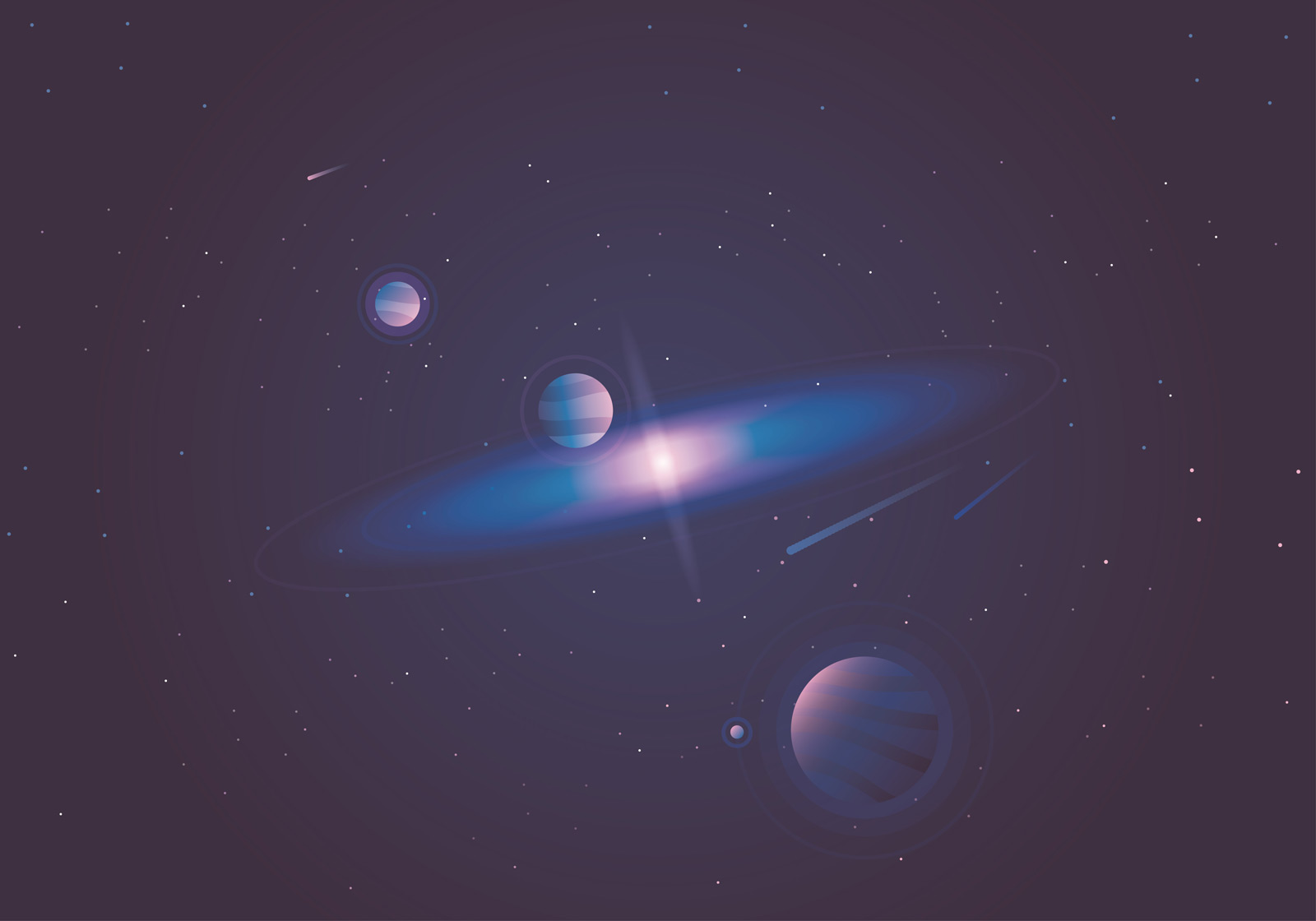Mustang district is a district located in the northern part of Gandaki Province, across the Himalayas. Situated between the two high peaks of Dhaulagiri and Nilgiri, this district is a holy land for Hindu and Buddhist pilgrims, a unique view of nature where the holy Krishna Gandaki flows, and is attractive and beautiful for tourists.
Mainly inhabited by the Gurung and Thakali communities, most of the people of this district are believers in Buddhism. In ancient times, it was the main trade route between Nepal and Tibet. Archaeological excavations have recently confirmed that the civilization of this region is more than 3000 years old. The northern part of this region, influenced by Tibetan culture, is a very important and attractive center for tourists and researchers.
Geographical Location of Mustang
According to the District Coordination Committee Mustang, the geographical location of this district is between 28 degrees 33 minutes 51 seconds to 29 degrees 19 minutes 52 seconds north latitude and 83 degrees 28 minutes 54 seconds to 84 degrees 14 minutes 58 seconds east longitude on the world map. Manang district is located in the east, Dolpa district in the west, Tibet Autonomous Region of China in the north, and Myagdi district in the south.
The total area of this district is 356.21 square km. Which is 2.42 percent of the total area of Nepal. The district headquarters, Jomsom, is located at an altitude of 2,710 meters above sea level. The climate of the Mustang district, which is located at an altitude of 2010 m (Ghansa) to 8167 m (Dhaulagiri), is dry and cold.
Although the lower part of the district receives relatively more rainfall, the upper part receives very little rainfall. The average annual rainfall is 200 mm in the lower part and snowfall occurs in the upper part. The maximum temperature in the summer months is 26 degrees Celsius and the minimum in the winter months is -9 degrees Celsius.
According to the climate, angular vegetation is found near the mountains, and low thorny vegetation is found in the upper part. The forest area of this district is 3.24 percent of the total area, i.e. 12,324 hectares. It is estimated that there are about 1,226 species of plants in this district, which is rich in biodiversity. In addition, about 474 species of birds, snow leopards, musk deer, wild horses, etc. are found in the fauna.
Historical, religious, and tourist sites and lakes in the Mustang district
Muktinath Temple, Damodar Kund, Titi Lake, Nilgiri Himal, Dhaulagiri Himal, Thini Gharpajhong Garhi, Kaisang Camp (Khampa Camp), Dhumba Lake, Tilicho Lake, Tilicho Base Camp, Tharughang View Tower, Tatopani Kund, Rock Climbing, Phukkelin Old Village, etc.
Wild animals, wild birds, herbs, and domesticated animals found in the Mustang district.
The main wild animals found in the Mustang district are snow leopard, musk deer, hare, ghoral, forest sheep, bear, narwhal, tiger, etc. Similarly, shrike, munal, chyakhura, kalij, etc. are also wild birds found in this district. Yarchagumwa, panchaule, nirmasi, satuwa, chichi, tora, chutro, kutki, kuth, bhoja, zamana, kukurko bikh, hara, somalata, chulthe amilo, kurilo, ghorangmarcha etc. are found in abundance. Similarly, domesticated animals in this district include yaks, donkeys, goats, buffaloes, horses, mules, donkeys, sheep, goats, buffaloes, cows, pigs, etc. Chickens and ducks are also kept among the birds.











0 Comments